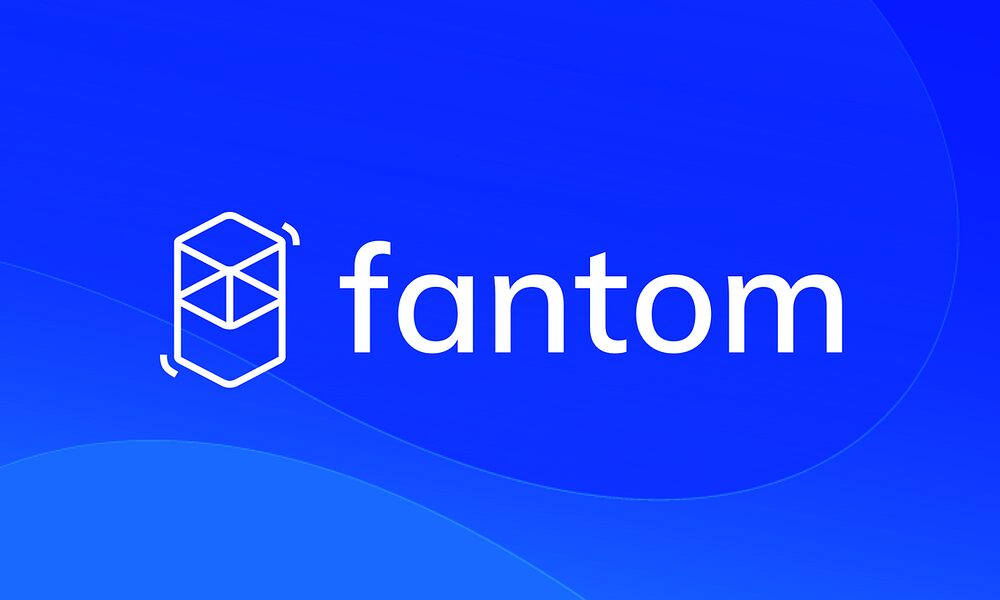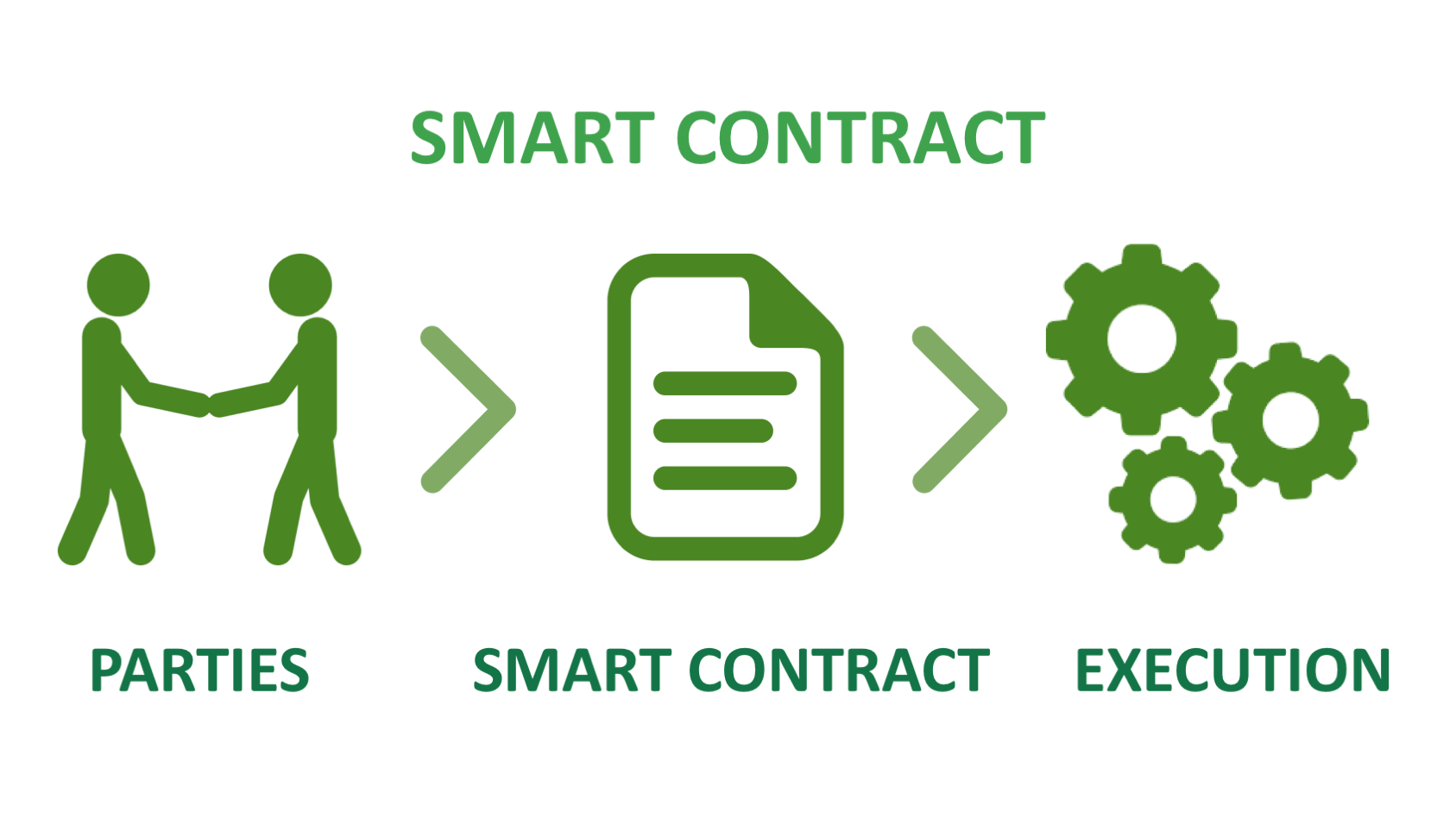
Find out about the crypto that has jumped nearly 10,000% this year.
Smart contract crypto platforms have taken center stage these days as investors look for the “next” Ethereum (ETH). People desire cryptocurrencies that are fast, secure, and affordable. And Fantom (FTM) checks all those boxes.
That’s part of the motive why Fantom’s fee has risen 9,710% this year and it is up over 500% since the start of August. In fact, on Sept. 9, FTM reached a new all-time high of $1.93. Let’s take a look at why Fantom is growing and why smart contracts are so important.
Why smart contracts matter
Smart contracts are exciting because they allow cryptocurrencies to run other applications, including decentralized finance (DeFi) and non-fungible tokens (NFTs). NFTs are a kind of digital collectible — like digital art or gaming assets — where the ownership information is coded into the item. And DeFi is an umbrella term for a variety of applications that will cut the middleman (banks and lenders) out of every day financial transactions.
Ethereum was the first crypto to introduce smart contracts, and as a result, in accordance to State of the dApps, nearly 80% of applications are built on its network. Unfortunately, the Ethereum network is congested and many users complain of excessive fees. Fantom is one of a number of newer cryptocurrencies that promise to do better.
Fantom basics
What it does: FTM is the network token for Fantom and can be used for staking, governance, payments, and network fees.
Fantom team: The founder, Dr. Ahn Byung Ik, was a leading computer scientist with a background in food technology. After he stepped away from the project, the CIO, Michael Kong who’d labored on numerous blockchain projects, became CEO. The big name to watch out for in Fantom is its DeFi Architect, Andre Cronje, a prolific DeFi developer who founded Yearn.Finance.
Date launched: Mainnet went live in December 2019.
Market cap: $3.8 billion (CoinMarketCap, Sept. 10, 2021).
Availability: FTM is available on some major U.S. cryptocurrency exchanges like Gemini, however has not yet been listed on Coinbase.
Should you buy?
If you are buying with the hope of any other 9,710% gain in the next 9 months, you might be disappointed. There’s a good chance that a frenzy of smart contract speculation has pushed Fantom’s price to its recent highs, and there is no guarantee it will hold. Since the market is extraordinarily unpredictable in the short term, it makes more sense to take consideration on how you believe Fantom can perform in the long term.
The basics above show that Fantom has solid fundamentals. It has a good management team, and Andre Cronje’s involvement gives a sprinkling of crypto stardust. Plus, it has attracted backing from respectable investors like Alameda Research and HyperChain Capital.
It’s operating in an extraordinarily competitive space. Ethereum wannabes like Cardano (ADA), Solana (SOL), Polkadot (DOT), and more are all jostling for position, each touting their high speeds and low transaction costs. There’s a good chance that five or six of them will emerge as front runners in the coming years, leaving the others trailing behind.
So, what traits might assist a smart contract crypto stand out from the pack? Here are a few of them, and how Fantom fares:
Speed and cost
Fantom’s website says the network can process lots of transactions per second, with each one costing a fraction of a cent. This is fast, however not as fast as Solana, which can process more than 50,000 transactions per second.
Adoption.
Real-world utilization is going to be vital for any smart contract platform, and Fantom has a couple of fascinating partnerships. For example, in June it announced that Uzbekistan would use its technology to modernize the country’s IT infrastructure. It’s also attracted numerous DeFi projects and has $850 million in total value locked (TVL) on the system.
Technology.
Fantom says that it has solved Ethereum’s scalability problem via giving each application its own blockchain, making it a network of networks. Its directed acyclic graph (DAG) differs from other blockchains in that transactions can be processed in parallel rather than more ordinary cryptos that use a single processor.
Threats to Fantom.
In addition to competition from other smart contract cryptos and a possible short-term fee drop, the main longer-term threats to Fantom are increased DeFi regulation, technical hitches, and wider technical developments.
Fantom is positioning itself as a DeFi hub and has already attracted some essential projects. However, DeFi is one area that has regulators around the world worried. The problem is that DeFi projects are offering bank-like products without the same level of customer safety as actual banks. A crackdown on DeFi should impact applications on Fantom’s network.
The technology behind Fantom is additionally relatively untested, and a technical glitch may want to damage investor confidence. In terms of wider technical developments, blockchain tech is developing at a rate of knots. Fantom is one of numerous newer cryptos that seek to solve Ethereum’s problems. But be conscious that there may well be even better projects in the pipeline. In years to come, these — or other emerging technologies — may also supersede even Fantom’s solutions.
Bottom line
The cryptocurrency market as a whole is creeping back to the highs we saw in May, sparking fears we might be about to see another big crypto price dip. On top of this, investors have to be cautious about buying tokens that have just hit all-time highs. The price may continue to increase, however there are no guarantees.
However, in the longer term, Fantom is an interesting crypto project that already has real-world applications and deserves its place amongst the top smart contract platforms.
Buy and sell crypto on an professional picked exchange
There are lots of structures round the world that are ready to give you access to thousands of cryptocurrencies. And to find the one that is right for you, you’ll need to figure out what features that count most to you.

